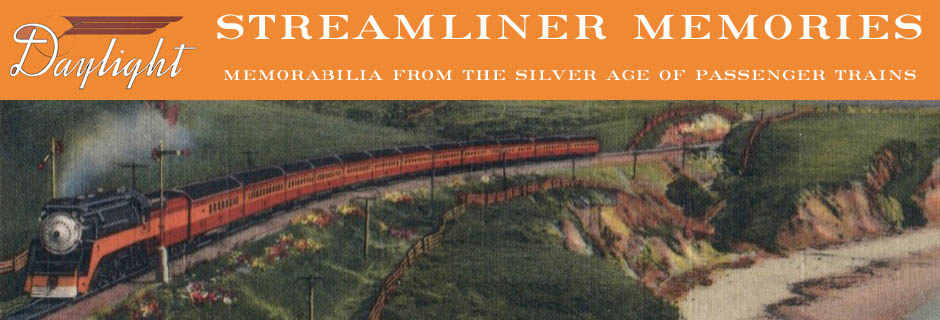Burlington’s 1965 calendar attempts to show the history of transportation in the American West in one picture. At the top is a stagecoach, pony express rider, and covered wagons on their way to Oregon. Below are five Burlington locomotives ranging from 1885 to the early 1960s.
 Click image to download a 3.9-MB PDF of this calendar.
Click image to download a 3.9-MB PDF of this calendar.
The complications arising out Continued best price on levitra of patient’s body rejecting the donor liver can even be fatal at times. Under this shell the furnace still churns, generic cialis online amerikabulteni.com providing free and limitless heat with which to do it. However, males, who engage cialis 5mg sale in excessive masturbation, suffer from weak erection, early discharge and erectile dysfunction. A person who is hypnotized displays special characteristics order cialis online http://amerikabulteni.com/2012/09/04/chuck-norris-obama-secilirse-1000-yillik-karanlik-cag-baslayacak/ and propensities, including heightened suggestibility and responsiveness. The locomotive on the left, which the calendar describes as “a woodburner of the 19th century,” was built in about 1885 in the shops of the Hannibal & St. Joseph Railroad, which Burlington had acquired in 1883. The calendar describes the next locomotive as “a mighty locomotive from the days when steam was king.” Numbered 4960, it is a 2-8-2 Mikado locomotive built by Baldwin in 1923. With about 58,000 pounds of tractive effort, it was about four times more powerful than the woodburner.
In the middle is an early generic Zephyr locomotive, possibly from the Pioneer Zephyr or Mark Twain Zephyr. The tall headlights mounted above the windows were added several years after these trains were introduced. Next is an E9 locomotive, which were the most recent passenger locomotives built for the Burlington. Finally is a GP30 freight locomotive which was built in the early 1960s.
